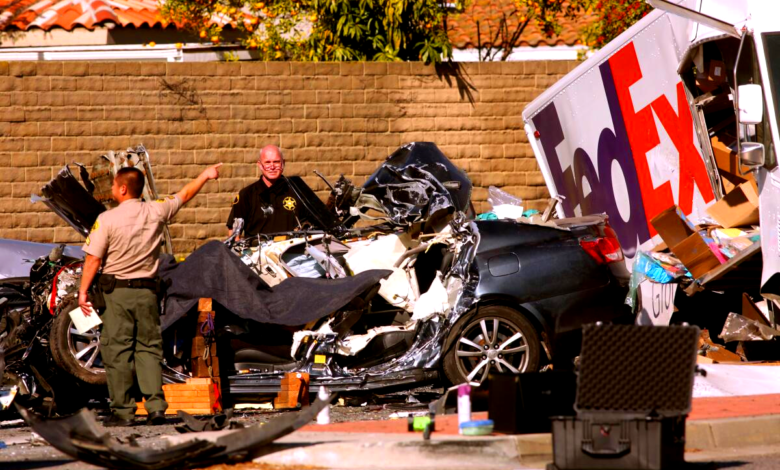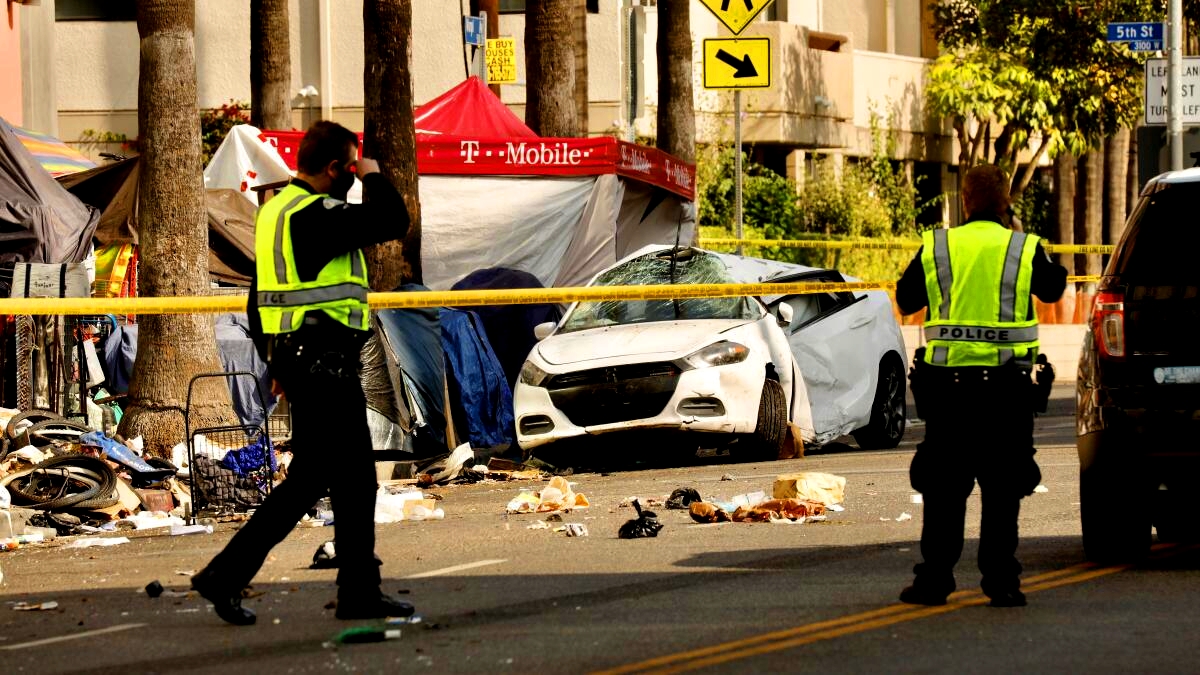Daily Car accidents in Los Angeles 2025
The Transportation Injury Mapping System reports that 40,717 accidents took place in LA County in 2023. (On average, 111 car accidents occur every day.)

Los Angeles, known for its sprawling freeways and vibrant city life, also carries the unfortunate title of being one of the most accident-prone cities in the United States. In 2025, the trend of daily car accidents in Los Angeles continues to be a pressing issue, raising concerns about road safety, infrastructure, and driver behavior. This article explores the factors contributing to these accidents, their impact, and potential solutions to mitigate the problem.
The Scope of the Problem
Los Angeles sees hundreds of car accidents daily, ranging from minor fender benders to severe collisions. According to recent statistics, the city averages around 300 accidents per day, with a significant portion resulting in injuries or fatalities. These numbers highlight a persistent challenge for local authorities and residents alike.
Key Contributing Factors:
- High Traffic Volume:
- Los Angeles is home to over 10 million residents, and its freeways handle millions of vehicles daily. The sheer volume of cars on the road increases the likelihood of accidents.
- Rush hours, typically between 7:00-10:00 AM and 4:00-7:00 PM, see a spike in accidents due to congested roads and impatient drivers.
- Distracted Driving:
- The rise of smartphones and in-car entertainment systems has led to an increase in distracted driving. Texting, using GPS, or even eating while driving diverts attention from the road.
- Reports suggest that distracted driving accounts for nearly 25% of all accidents in Los Angeles.
- Speeding:
- Speeding remains a significant contributor to car accidents. Drivers often exceed speed limits on highways like the I-405 and I-10, leading to reduced reaction times and more severe collisions.
- Driving Under the Influence (DUI):
- Despite strict laws, DUI incidents are still prevalent in Los Angeles. Alcohol and drug impairment reduce reaction times and increase the likelihood of fatal accidents.
- In 2025, DUI-related accidents account for approximately 15% of daily crashes.
- Poor Road Conditions:
- Potholes, faded lane markings, and inadequate signage can contribute to accidents. While the city has made efforts to improve infrastructure, some areas still pose risks.
- Weather Conditions:
- While Los Angeles enjoys mostly sunny weather, occasional rain can make roads slippery and hazardous. Drivers unused to wet conditions often fail to adjust their speed, leading to accidents.
The Impact of Daily Accidents
Car accidents have far-reaching consequences, affecting individuals, families, and the city as a whole.
1. Human Cost:
- Injuries: Thousands of residents sustain injuries every year, ranging from minor bruises to life-altering disabilities.
- Fatalities: On average, Los Angeles records around 200 traffic-related fatalities annually, many of which could have been prevented.
2. Economic Impact:
- Medical Expenses: Accident victims often face high medical bills, especially if they lack insurance.
- Vehicle Damage: Repair costs can strain individuals financially, and insurance premiums often rise after an accident.
- Productivity Loss: Time spent dealing with accidents, injuries, and repairs affects the workforce and overall economy.
3. Traffic Congestion:
- Even minor accidents can cause significant delays on major freeways, disrupting commutes and increasing frustration among drivers.
4. Environmental Impact:
- Accidents often lead to fuel spills and increased emissions from idling vehicles stuck in traffic, contributing to pollution.
Measures to Reduce Daily Accidents
Efforts to address the high number of accidents in Los Angeles require a multifaceted approach involving government agencies, law enforcement, and the public.
1. Enhanced Traffic Law Enforcement:
- Increased police presence on high-traffic routes can deter reckless driving and speeding.
- DUI checkpoints and stricter penalties for violations can reduce incidents of impaired driving.
2. Improved Infrastructure:
- Regular maintenance of roads, including filling potholes and repainting lane markings, can enhance safety.
- Advanced traffic management systems, such as smart signals, can reduce congestion and prevent accidents.
3. Public Awareness Campaigns:
- Educational programs can inform drivers about the dangers of distracted driving, speeding, and DUIs.
- Social media campaigns and community events can encourage safer driving habits.
4. Technological Advancements:
- The rise of autonomous vehicles and advanced driver-assistance systems (ADAS) holds promise for reducing accidents. Features like automatic braking, lane departure warnings, and collision avoidance systems are becoming more common in new cars.
5. Improved Public Transportation:
- Expanding and promoting public transit options can reduce the number of vehicles on the road, lowering the risk of accidents.
Real-Life Stories: A Sobering Reminder
Behind every statistic is a personal story. Take, for example, the case of Maria Lopez, a nurse who was injured in a T-bone collision caused by a distracted driver. Her recovery took months, highlighting the ripple effects of a single moment of inattention. Stories like Maria’s remind us of the human toll behind the numbers and the urgency to address this issue.
The Role of the Community
Residents can play a significant role in reducing accidents by:
- Practicing defensive driving.
- Reporting road hazards to local authorities.
- Encouraging friends and family to avoid distractions while driving.
Conclusion
Daily car accidents in Los Angeles remain a significant challenge in 2025. While various factors contribute to this issue, a combination of stricter enforcement, improved infrastructure, technological advancements, and community involvement can make a difference. Reducing accidents not only saves lives but also enhances the quality of life for all residents. By working together, Los Angeles can move closer to becoming a safer city for drivers, passengers, and pedestrians alike.










